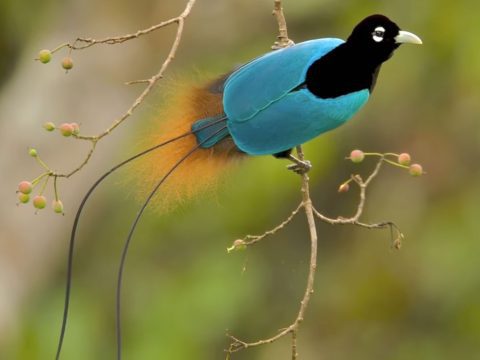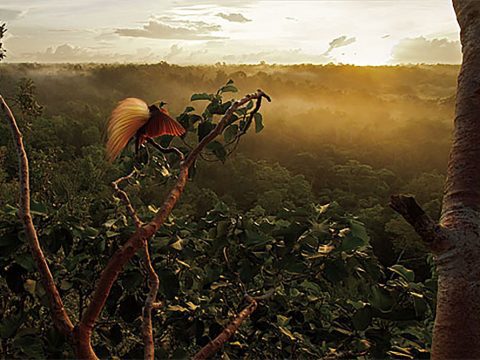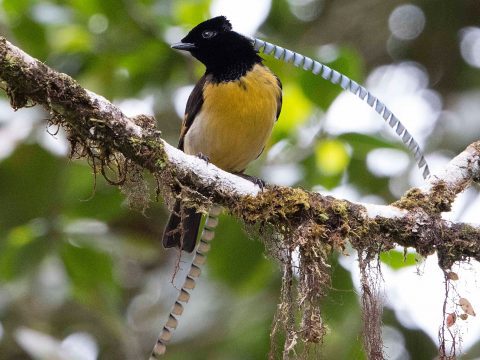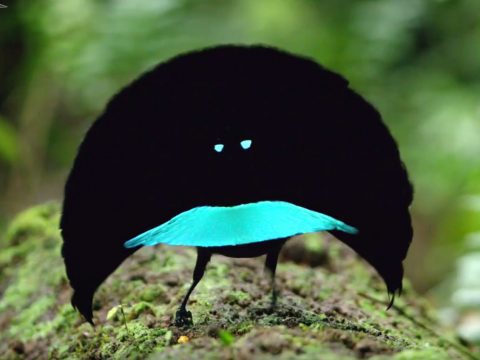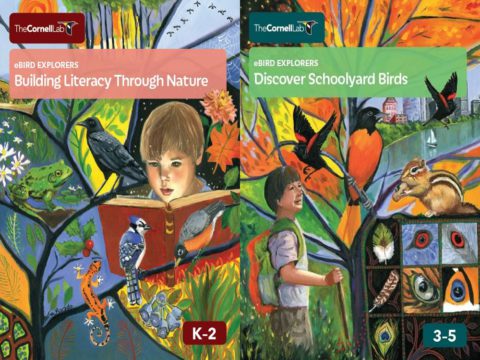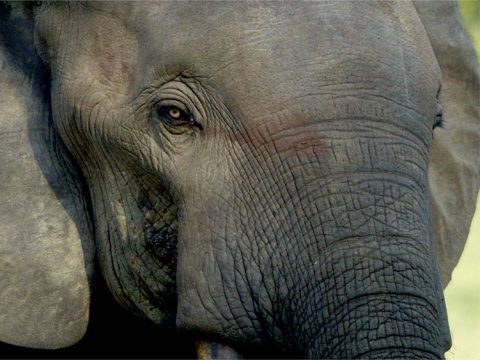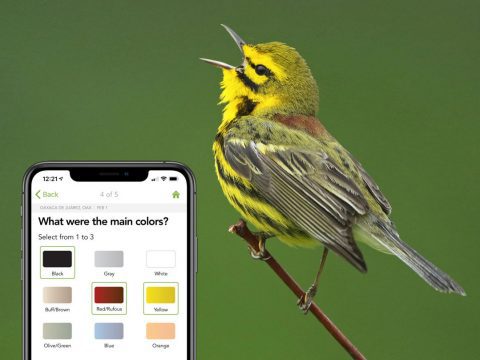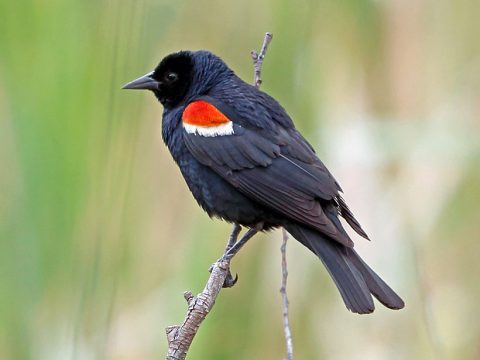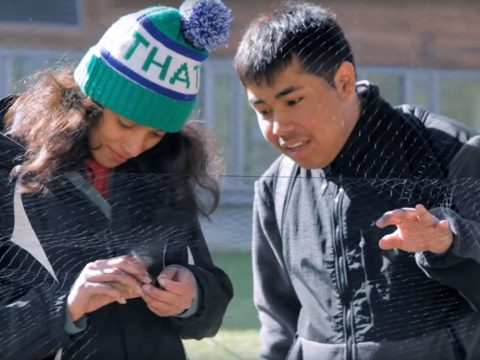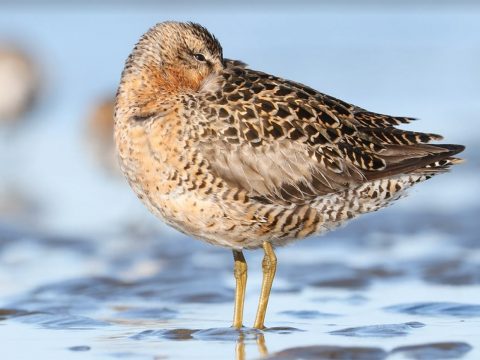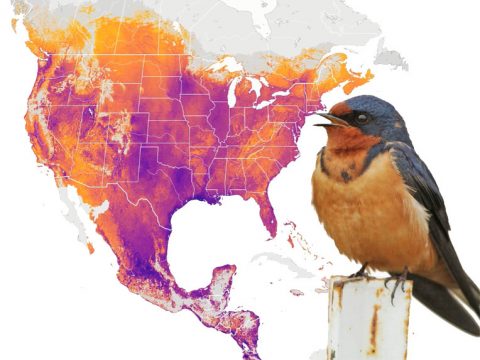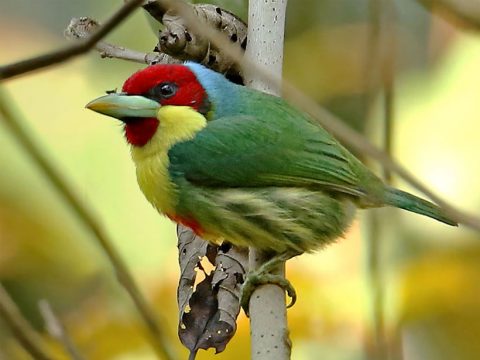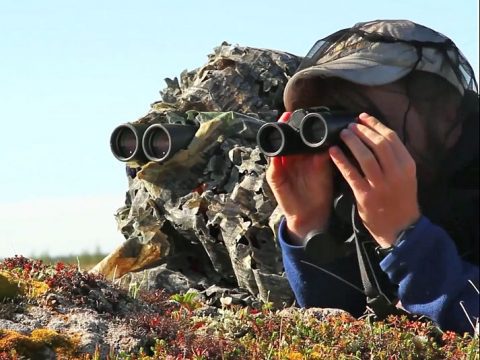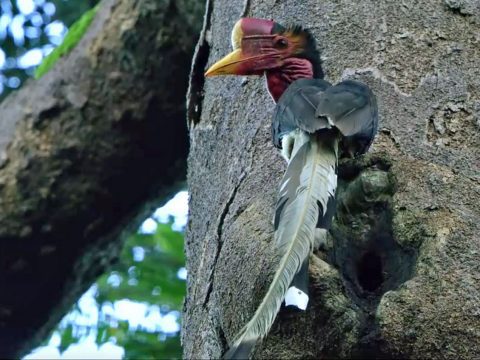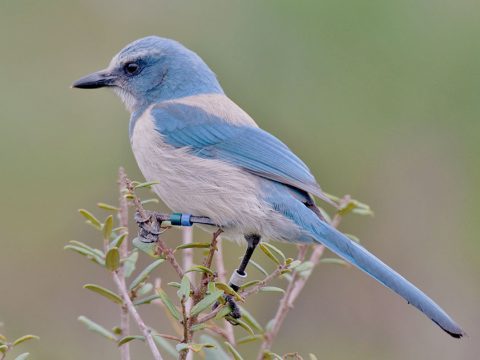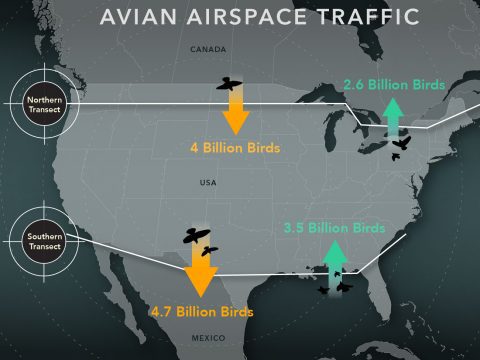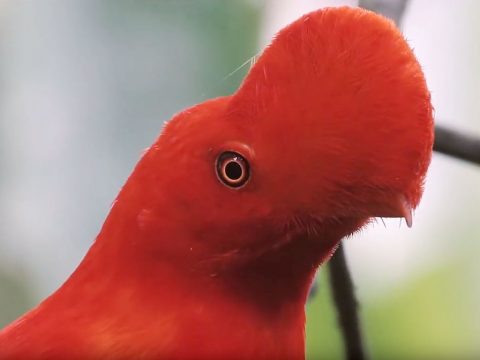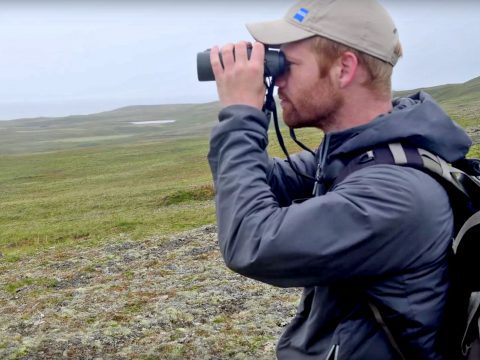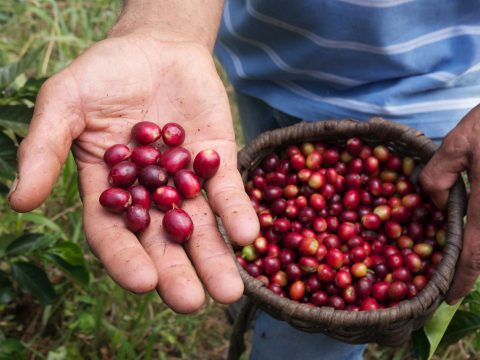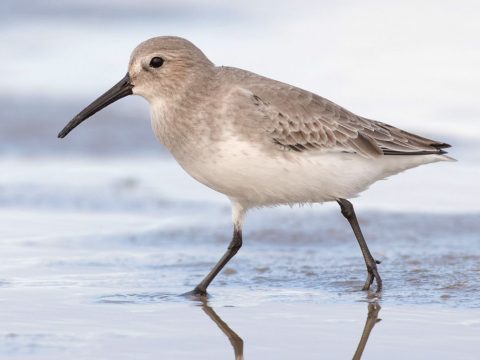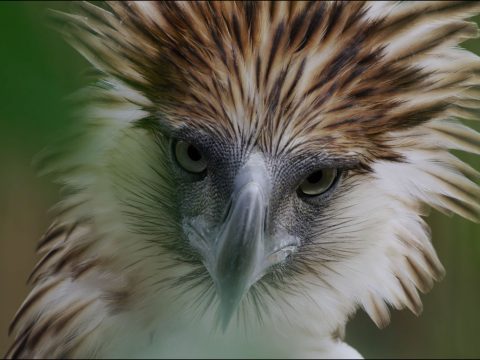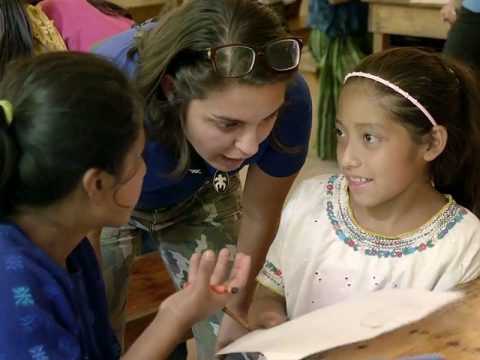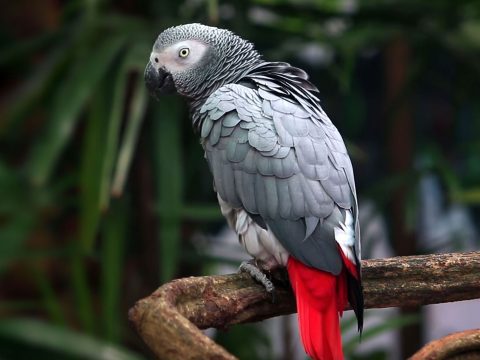Birds-of-Paradise Help Inspire Conservation of Forests in West Papua
NATIVE GROUP LEADER in native language, translation: Kids, now we’re in our forest. Why are we here? I want you to know what we have in front of us.
NARRATOR: Indonesia’s Land of Papua, Tanah Papua. Consisting of two provinces, Papua supports one of the only remaining large tropical forests in the world. With the Amazon and Congo basins, these forests serve as the lungs of the planet. And in Papua, they are the lifeblood of the people.
NATIVE WOMAN in native language, translation: What impresses me most about the forests of Papua is that they sustain the communities here. All resources needed to live, are found here.
NARRATOR: Papua’s geography contains a variety of ecosystems—coasts, mangroves, forests, and mountains, that supports roughly half of Indonesia’s biodiversity. Over 600 species of birds are found in Papua, including the birds-of-paradise, many of which live nowhere else on earth.
NATIVE WOMAN in native language, translation: For me, the birds in Papua, especially the birds-of-paradise are incredibly beautiful, unique, and unforgettable.
NARRATOR: The birds-of-paradise are icons of Papua’s biodiversity. Their unparalleled beauty has made them a symbol of international renown.
[NATIVE MAN in native language, translation: That’s a bird that tourists like to look for near the village.] NATIVE MAN in native language, translation: Usually, we walk in the morning and listen. Then, we follow the calls and look for them.
NARRATOR: Global interests in Papua’s birdlife is leading to increased opportunities for wildlife tourism bringing newfound economic benefits to local communities.
NATIVE MAN in native language, translation: Palm Cockatoo, Sulphur-crested Cockatoo, Hornbill. We can find the Magnificent Bird-of-Paradise playing on the ground. Then, as we walk, we find parotia. This is where they dance. The bird we are looking for tonight is the Papuan Frog Mouth.
AREN MANDACAN, VILLAGE CHIEF, in native language, translation: The forest gives us our water to drink. It gives us our food. It gives us our medicines and provides the air we breathe.
NARRATOR: But these forests are no longer isolated from the rest of the world. The demand for timber, palm oil, minerals, and gas has arrived. The future existence of Papua’s resources and biodiversity, and the communities that rely on them, depend on the choices made today.
NARRATOR: The governments of Papua and West Papua are bringing together non-government, community, academic, and religious partners to create a sustainable pathway for development.
NATIVE GROUP LEADER in native language, translation: Kids, don’t cut down this tree. Don’t do any harm. The trees are food for the birds and the birds are the source of our income.
NARRATOR: There are plenty of examples of ecosystems destroyed by overexploitation. With its forests still intact, Papua has the opportunity to develop in a way that allows both its people, and its environment, to thrive.
BENNY MAMBRASAR, BIRDING GUIDE, in native language, translation: The beauty of Raja Ampat is beyond amazing.
NARRATOR: Recent successes in the marine environments in the Raja Ampat region of West Papua, show that development and conservation can go hand in hand.
NARRATOR: Within the forests, local leaders are organizing their communities with similar goals.
NATIVE GROUP LEADER in native language, translation: Here are there are useful and important things that matter to us. The first is the forest. The second one is conservation, and the last is tourism.
AREN MANDACAN, in native language, translation: What is important is that we take good care of the birds. The tourists see them, and the money goes to the village.
NARRATOR: The forests, the birds, and the communities make this region unique and irreplaceable.
NATIVE WOMAN, in native language, translation: If the forests in Papua are destroyed, they’ve got nothing left. Their wealth and their resources are in the forest.
NARRATOR: As the lungs of the planet, tropical forests are an important buffer against our changing climate. If Papua’s ecosystems are degraded, the effects will be felt, not just locally, but across the world.
NATIVE MAN, in native language, translation: Arfak forest is very valuable, and it is critical for our future.
NARRATOR: Through collaborative leadership, achieving sustainable growth, and maintaining the livelihood of local communities, protecting globally significant biodiversity are possible for Tanah Papua and all of humanity.
BENNY MAMBRASAR, in native language, translation: Papuan nature is so beautiful. I ask Papuans all over, let’s protect our beautiful country so our grandchildren will enjoy what we have today. Let’s support conservation in Papua.
End of Transcript
Watch the video to experience the beauty of the island of New Guinea and meet the people in the Indonesian provinces of Papua and West Papua who are determined to save its forests. The largest tropical island in the world, New Guinea is home to more than 600 species of birds, including 27 bird-of-paradise species, many of which live nowhere else on earth.
With more than 75% of its forests still intact, New Guinea’s forests are also globally important for climate change mitigation, but are at risk because of development for palm oil, timber, and infrastructure. As the governments of Papua and West Papua and international partners have sought conservation solutions, your support has helped the Cornell Lab of Ornithology provide science, compelling stories, and inspirational film and photography of the birds-of-paradise to raise awareness of these spectacular birds and the region’s rich biodiversity.
In 2018 Manokwari Declaration, the governors of Indonesia’s two New Guinea provinces committed to conserve 70% of the forest cover for the western half of the island, an exciting blueprint for the future of climate change mitigation, conservation, and sustainable livelihoods.
Global interest in Papua’s birdlife is leading to increased opportunities for wildlife tourism and bringing newfound economic benefits to local communities. Realizing this vision will require much work and investment but, if achieved, will create a brighter future for Papua’s people and wildlife—and for the world.
More Stories
 Conservation in ActionHow We Use Sound to Help Protect Elephants from Poaching
Conservation in ActionHow We Use Sound to Help Protect Elephants from Poaching Conservation in ActionCalifornia Protects Tricolored Blackbird After eBird Data Help Show 34% Decline
Conservation in ActionCalifornia Protects Tricolored Blackbird After eBird Data Help Show 34% Decline Conservation in ActionCoastal Solutions: Building a Bold New Community to Address the Shorebird Crisis
Conservation in ActionCoastal Solutions: Building a Bold New Community to Address the Shorebird Crisis Conservation in ActionHow Can a Great Cup of Coffee Support Birds, Farmers, and Local Communities?
Conservation in ActionHow Can a Great Cup of Coffee Support Birds, Farmers, and Local Communities? Conservation MediaHow Can We Change Hearts and Minds to Save Wild Parrots?
Conservation MediaHow Can We Change Hearts and Minds to Save Wild Parrots?
Join Our Email List
The Cornell Lab will send you updates about birds, birding, and opportunities to help bird conservation. Sign up for email and don’t miss a thing!
Golden-cheeked Warbler by Bryan Calk/Macaulay Library

